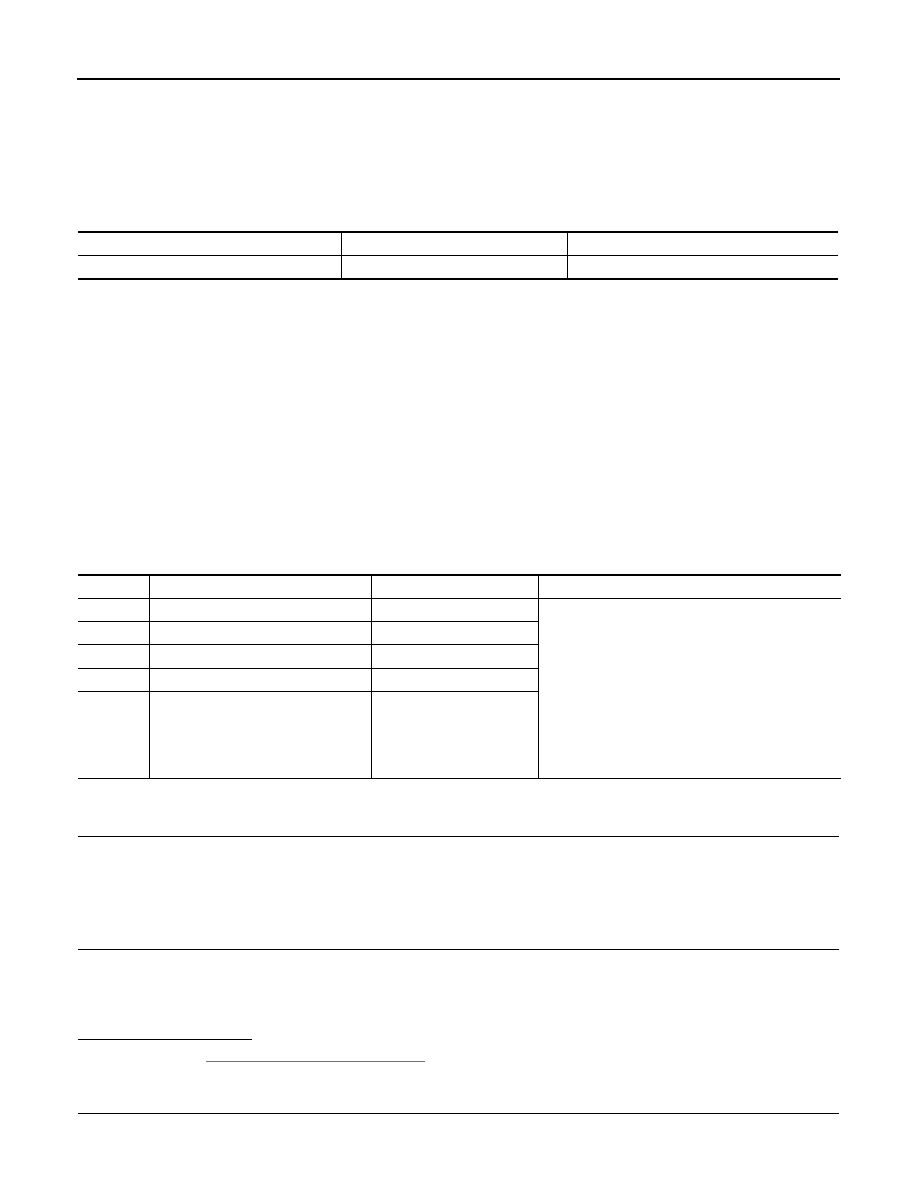содержание .. 383 384 385 386 ..
Nissan Tiida C11. Manual - part 385

EC-190
< COMPONENT DIAGNOSIS >
[HR16DE (WITH EURO-OBD)]
P0300, P0301, P0302, P0303, P0304 MISFIRE
P0300, P0301, P0302, P0303, P0304 MISFIRE
DTC Logic
INFOID:0000000001670954
DTC DETECTION LOGIC
When a misfire occurs, engine speed will fluctuate. If the engine speed fluctuates enough to cause the crank-
shaft position (CKP) sensor (POS) signal to vary, ECM can determine that a misfire is occurring.
The misfire detection logic consists of the following two conditions.
1.
One Trip Detection Logic (Three Way Catalyst Damage)
On the 1st trip that a misfire condition occurs that can damage the three way catalyst (TWC) due to over-
heating, the MI will blink.
When a misfire condition occurs, the ECM monitors the CKP sensor signal every 200 engine revolutions
for a change.
When the misfire condition decreases to a level that will not damage the TWC, the MI will turn off.
If another misfire condition occurs that can damage the TWC on a second trip, the MI will blink.
When the misfire condition decreases to a level that will not damage the TWC, the MI will remain on.
If another misfire condition occurs that can damage the TWC, the MI will begin to blink again.
2.
Two Trip Detection Logic (Exhaust quality deterioration)
For misfire conditions that will not damage the TWC (but will affect vehicle emissions), the MI will only light
when the misfire is detected on a second trip. During this condition, the ECM monitors the CKP sensor
signal every 1,000 engine revolutions.
A misfire malfunction can be detected on any one cylinder or on multiple cylinders.
DTC CONFIRMATION PROCEDURE
1.
PRECONDITIONING
If DTC Confirmation Procedure has been previously conducted, always turn ignition switch OFF and wait at
least 10 seconds before conducting the next test.
>> GO TO 2.
2.
PERFORM DTC CONFIRMATION PROCEDURE-I
1.
Start engine and warm it up to normal operating temperature.
2.
Turn ignition switch OFF and wait at least 10 seconds.
3.
Restart engine and let it idle for about 15 minutes.
4.
Check 1st trip DTC.
Is 1st trip DTC detected?
YES
>> Go to
NO
>> GO TO 3.
3.
PERFORM DTC CONFIRMATION PROCEDURE-II
1.
Turn ignition switch OFF and wait at least 10 seconds.
Sensor
Input signal to ECM
ECM function
Crankshaft position sensor (POS)
Engine speed
On board diagnosis of misfire
DTC No.
Trouble diagnosis name
DTC detecting condition
Possible cause
P0300
Multiple cylinder misfire detected
Multiple cylinder misfire.
• Improper spark plug
• Insufficient compression
• Incorrect fuel pressure
• The fuel injector circuit is open or shorted
• Fuel injector
• Intake air leak
• The ignition signal circuit is open or shorted
• Lack of fuel
• Signal plate
• Heated oxygen sensor 1
• Incorrect PCV hose connection
P0301
No.1 cylinder misfire detected
No. 1 cylinder misfires.
P0302
No. 2 cylinder misfire detected
No. 2 cylinder misfires.
P0303
No. 3 cylinder misfire detected
No. 3 cylinder misfires.
P0304
No. 4 cylinder misfire detected
No. 4 cylinder misfires.